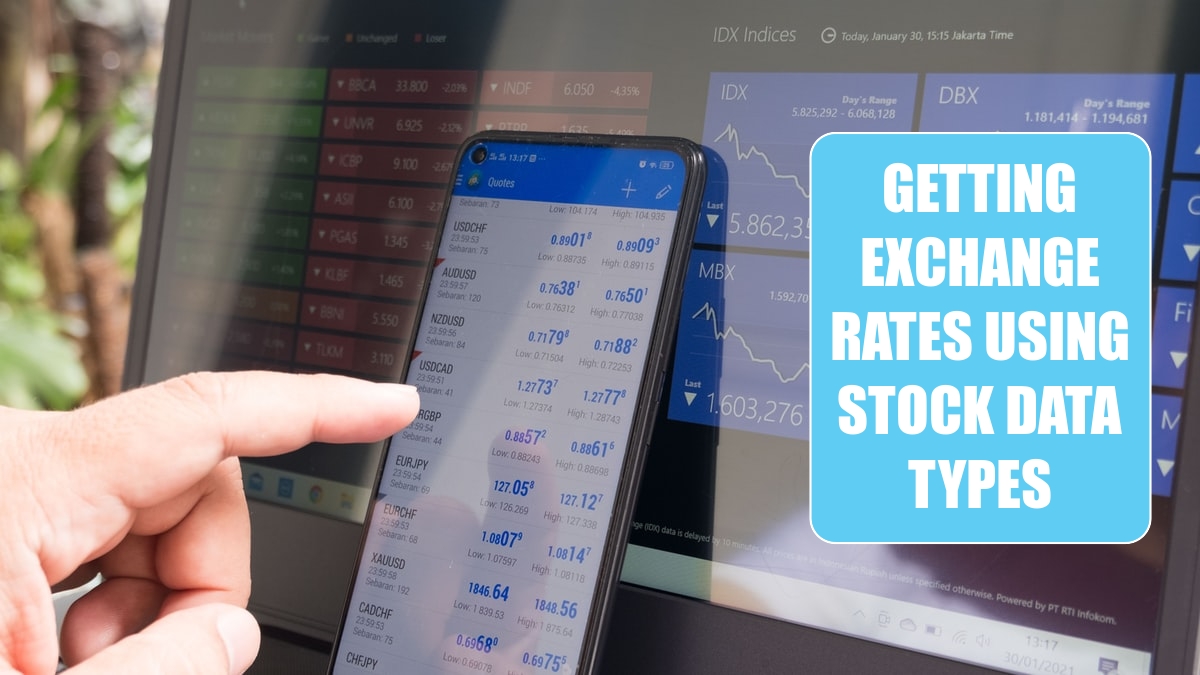Excel Tips
Using FILTER with Multiple Conditions »
August 17, 2022
Say you have to combine two criteria, and both criteria have to be true. Wrap each item in parentheses and multiply them together.
Using The FILTER Function With One Condition »
August 16, 2022
The new FILTER function accepts an array, keeps the rows you specify, and returns the results to a spill range.
A Random Sort Using SORT and RANDARRAY »
August 15, 2022
Difficult scenarios like random drug testing and random with no repeats become mind-numbingly simple when you combine SORT with RANDARRAY.
A Simple Sort with One Argument »
August 12, 2022
Sorting with a formula in Excel used to require an insane combination of formulas. Take a look at the data, which is used throughout this example.
What Happens if A Formula can't spill? »
August 11, 2022
What if we put some stuff in the way and enter one of the Dynamic Array formulas, what will happen? You will get a #SPILL! error.
Dynamic Arrays: Formulas Can Now Spill »
August 10, 2022
Let's start with the basic array formula. Go to cell E3. Type =A2:C10, as shown here. In the past, you would have had to wrap that formula in an aggregation function and maybe use Ctrl+Shift+Enter.
August 1, 2022
Data types support stock quotes from 24 different exchanges around the world. Many exchanges provide data that is delayed by 15 minutes. Some exchanges only provide close of day prices.
Getting Exchange Rates Using Stock Data Types »
July 29, 2022
After Geography and Stock data types debuted, I created a YouTube video and asked people for what other data types they would like. The most popular choice was Exchange Rates, followed by Weather.
Geography, Stock, and Exchange Rate Data Types »
July 28, 2022
Office 365 subscribers will see a new Data Types gallery appear on the Data tab of the ribbon starting in late 2018 or early 2019. Initially, the feature is supporting geography and stock data types, but there are hopes that they will expand to other data types, including the ability for a company to define their own data types.









